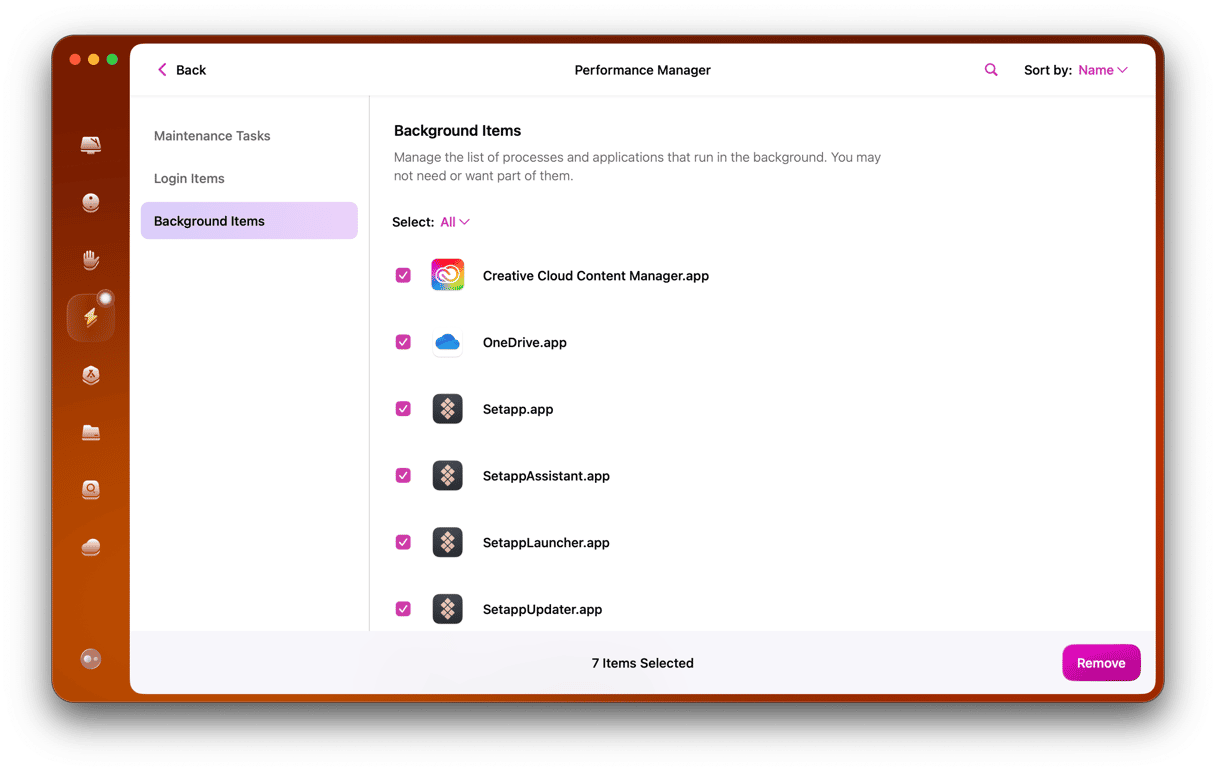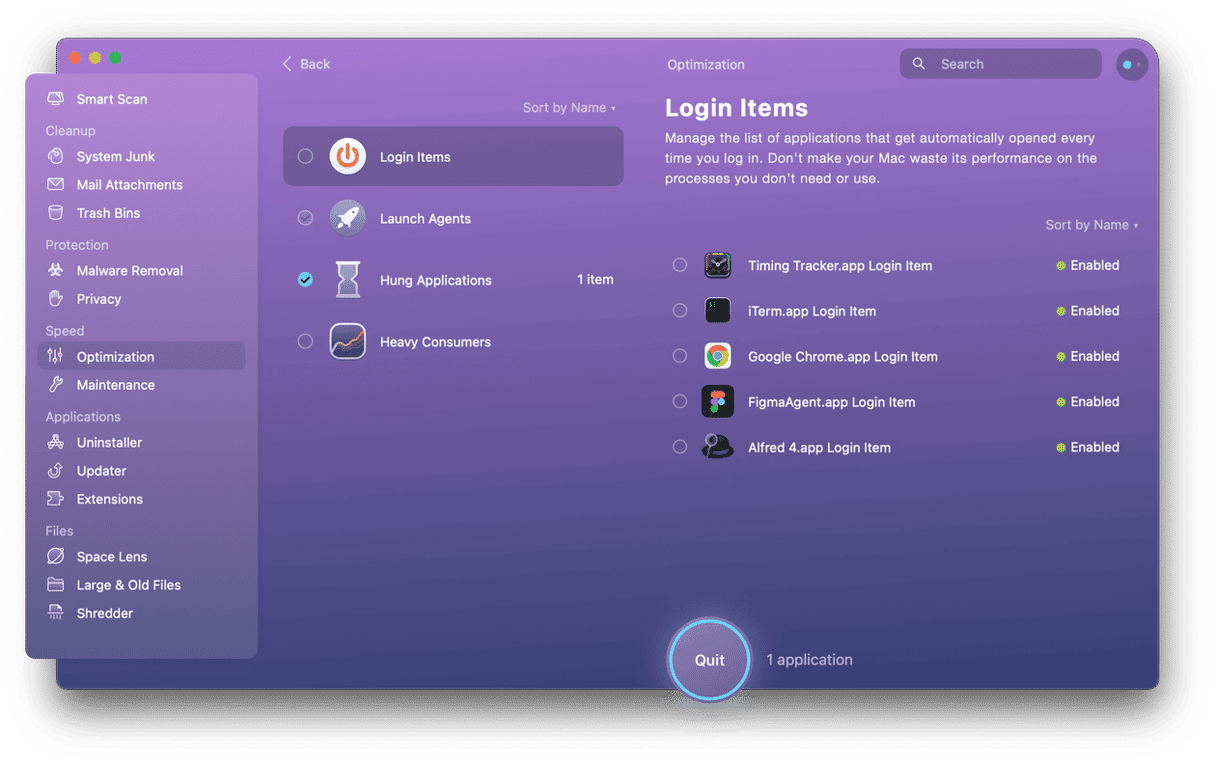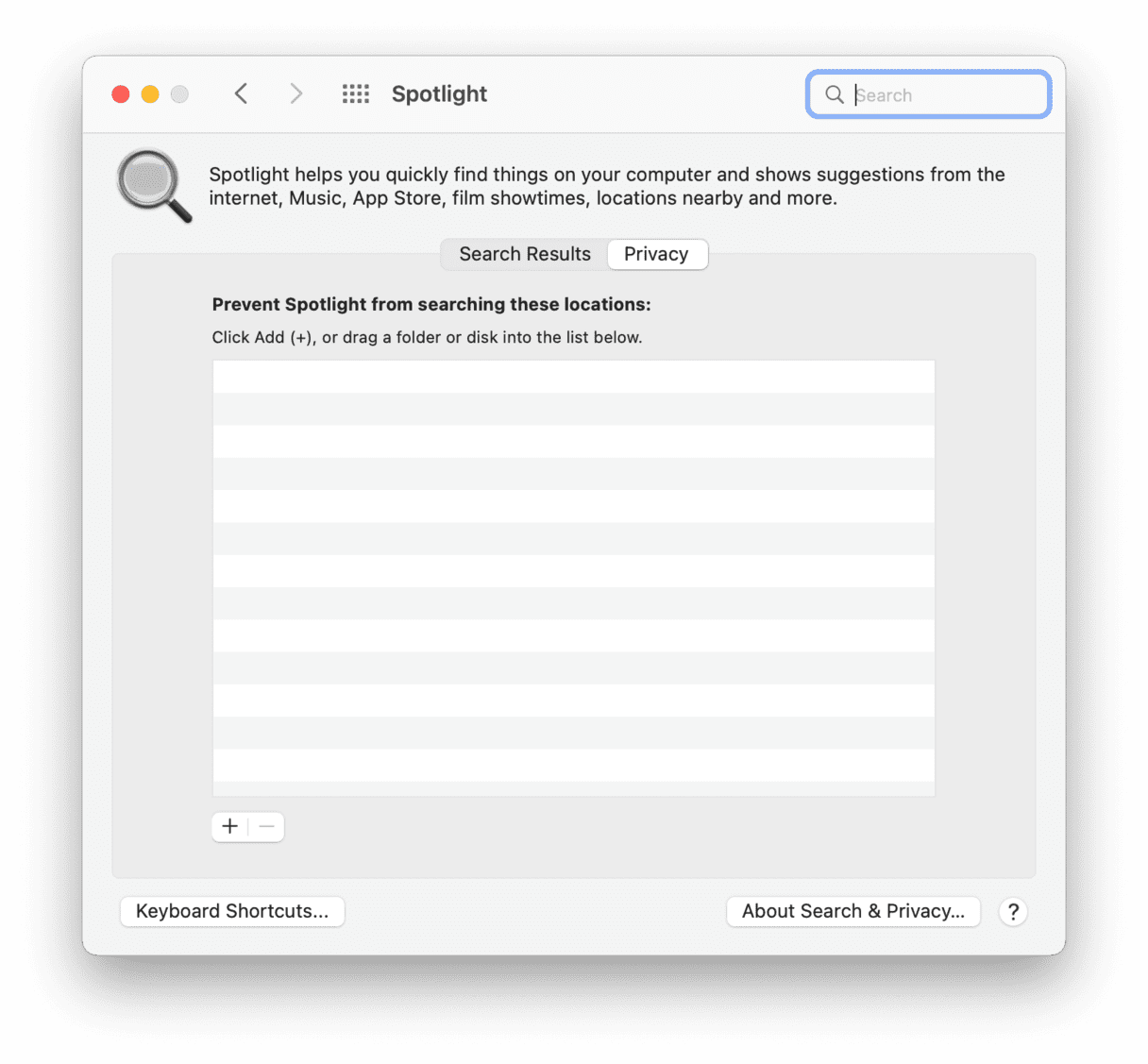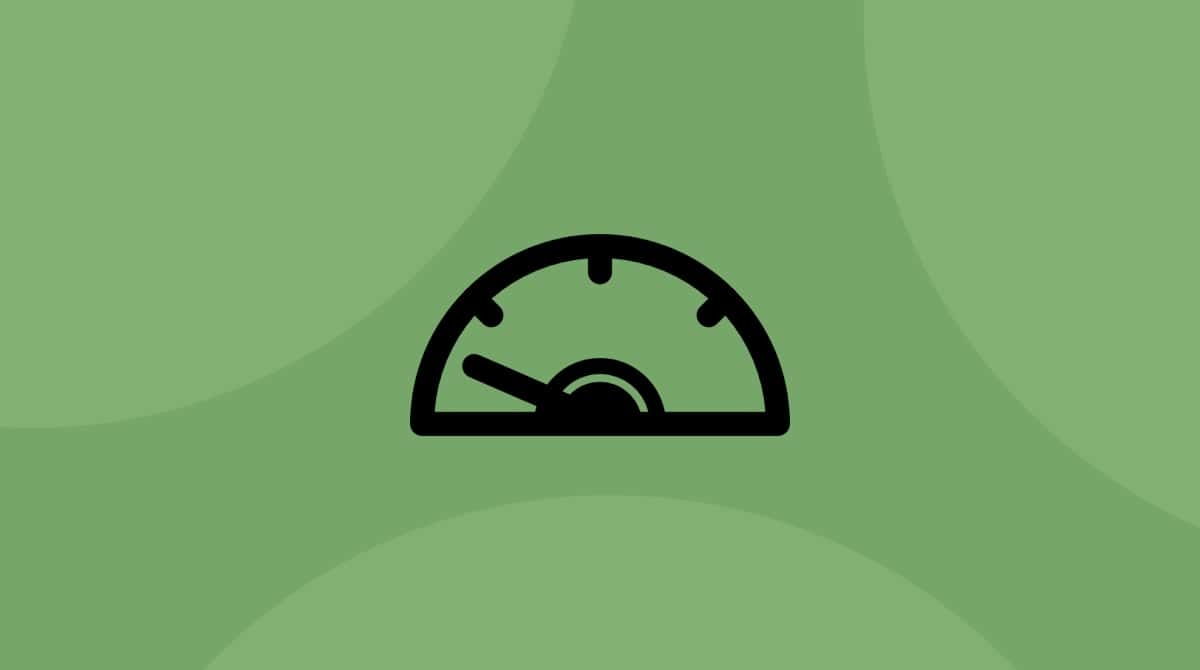macOS Mojave is a brilliant upgrade to the Mac operating system, bringing lots of great new features like Dark Mode and the new App Store and News apps. However, it’s not without its problems. In the weeks since its release, early adopters have reported numerous teething issues, many of them affecting the performance of their Macs. One of the most common is that some Macs run slow under Mojave. If you’re having that problem, here’s how to speed up macOS Mojave.
1. Identify the source of the problem
Your first port of call in identifying any performance issue with your Mac should be Activity Monitor. Go to Applications > Utilities and launch it. Click through the CPU, Memory, Energy, and Disk tabs one at a time and make sure the items in each list are ordered in descending order by the first column (the arrow next to the column’s name should be pointing down).
Now you can clearly see if any application or process is hogging CPU cycles, RAM, energy, or disk space. If, for example, a browser tab is taken up several gigabytes of RAM, close it. Quit any applications or processes using the ‘x’ at the top left of the Activity Monitor window that you identify as causing a problem.
2. Get rid of unnecessary launch agents
Launch agents are ancillary programs that add functionality to their parent application and launch at startup. They can cause macOS Mojave to slow down, especially when booting. You could remove them manually, but tracking them down and getting rid of them one by one is a long and laborious process. Thankfully, there is an easier way to use CleanMyMac. Here’s how to use it.
- Download CleanMyMac (for free) and launch it.
- In the left-hand sidebar, click on Optimization.
- Choose Launch Agents.
- Look through the list of programs. If there are any you don’t need, you can remove or disable them:
- To disable a launch agent, click the green dot to its right.
- To remove a launch agent, check the box next to it and choose Remove.

3. Stop applications launching at startup
In addition to launch agents, some applications launch themselves when you log in to your Mac. In some cases, there’s a good reason. Antivirus tools tend to launch at login because they scan your Mac automatically for malware, and it’s essential they start running as soon as your Mac does. In other cases, there’s no need for applications to launch as soon as you log in to your Mac.
You can see which applications launch at login and delete them manually by doing the following:
- Click on the Apple menu > System Preferences.
- Select the Users & Groups pane.
- Click the Login Items tab.
- Check the box next to any items you want to remove.
- Press the “-” at the bottom of the window to delete them all.
_1654686616.png)
But there is an easier way! You can quickly remove login items using the CleanMyMac’s Optimization tool in much the same way as with launch agents.
- Launch CleanMyMac and choose Optimization.
- Select Login Items.
- Look through the list of items and decide which ones you don’t want to launch at startup. Click the green button to the right to disable them.
- To remove an item completely, check the box next to it and press Remove.

4. Shutdown your Mac regularly
While it’s perfectly possible to use your Mac without ever shutting it down, it’s unwise. Restarting your Mac clears away temporary files, including, crucially, the swap files that are used as virtual memory. It also frees up RAM. Restarting regularly is vital to keep your Mac running smoothly.
5. Keep Spotlight in check
A spotlight is an excellent tool for searching your Mac and the internet. However, if you have it set to index everything on your Mac, the re-indexing process can take time and consume resources, causing your Mac to slow down.
- Go to the Apple menu and choose System Preferences.
- Click on the Spotlight pane.
- Select the Privacy tab.
- Drag any folders you don’t want Spotlight to index onto the window.
- Close System Preferences.

6. Close browser tabs
Keeping multiple browser tabs open is very convenient. However, each open tab occupies RAM, and if you have lots open, they may start to slow down your Mac. Bookmark any tab you don’t read right now and then close them.
7. Remove unnecessary System Preferences panes
Launch System Preferences again and look at the bottom row, which houses non-OS preferences. Are there any preferences there, like Flash, for example, that you don’t need? If so, remove them. Right-click on the preferences pane and choose Remove “xxxx” Preference Pane, where “xxx” is the name of the item you are removing.
8. Update applications
Sometimes, out-of-date applications can cause your Mac to run slowly. The solution is to ensure all the regularly used applications are up to date. For apps that you downloaded from the Mac App Store, you should select Automatic Updates in the App Store app’s Preferences so that they update automatically.
Click on the application’s name in the menu bar and choose ‘Check for Updates’ for other apps. If there are any available, install them immediately. But if you want to update all your apps in just one click, use the Updater tool in CleanMyMac. It will check and update your software to the latest version.

There are many reasons why macOS may run slowly on your Mac. However, as you can see, there are several steps you can take to speed up Mojave. Sometimes the problems are caused by installing a new version of the OS over an older version rather than performing a clean install. In that situation, cleaning up your system using CleanMyMac can help speed up your Mac.







